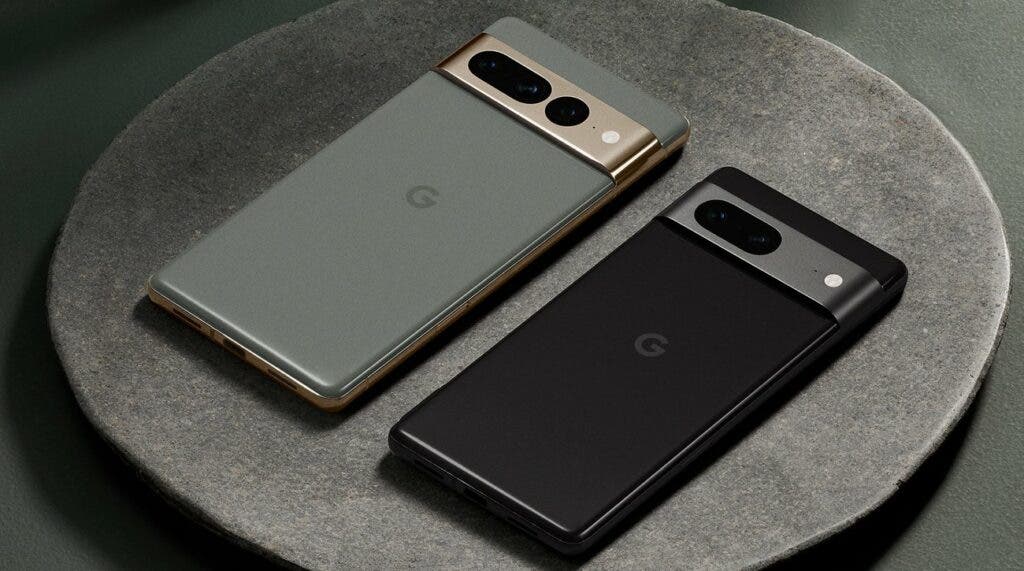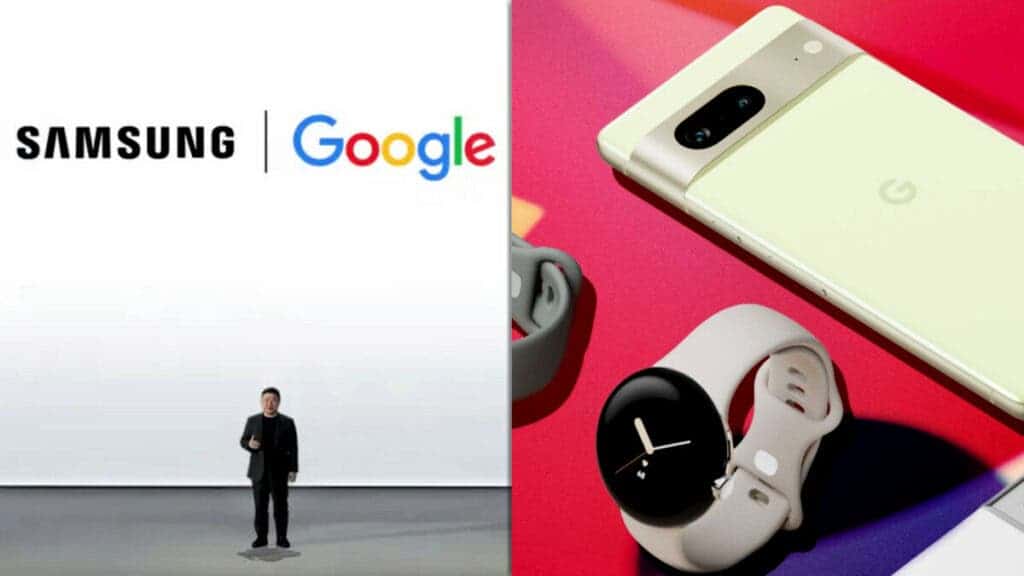Google is presently going through a not-so-good phase in its smartphone and Android business. Apple’s iPhone is taking market share from Samsung phones running Google’s Android system. Meanwhile, U.S. antitrust regulators are also scrutinizing Google’s search deal with Apple. This could make Google’s search engine lose its favourable position in the iPhone’s Safari browser. Those headwinds are threatening Google’s mobile advertising business, leading the tech giant to take a big gamble. According to an internal Google document, the company is investing in its own hardware development. This includes significant investment in its Pixel smartphone lineup.
![]()
In addition, the company is moving non-hardware product development and software engineering staff to work in the hardware device division. Google isn’t reducing support for Android devices made by top partners including Samsung. However, the company is taking more of a gamble. It is pinning its hope on the further decline of Samsung’s business. A senior Google search executive, Sissie Hsiao, claims Sundar Pichai, Google’s CEO believes Google should make its own devices. The reason for Pichai’s decision is that it is “best for protecting the company from the wider mobile market”. Google has concerns that Apple will take Samsung’s customers. Thus, it is trying to get its own pie of the cake.
Google faces economic pressure
Google could have started its new hardware division with some massive fresh recruitment. However, this is a huge luxury for the company at the moment. Its decision to move engineering and developers into its new hardware division reflects the economic pressure on the company. Of course, its very lucrative digital advertising business is also showing a sharp slowdown. Pichai said last month, both publicly and privately, that he wants the company to be 20 per cent more efficient. He also hints that hiring and budget cuts were coming. Since then, Google has slashed budgets in some divisions deemed less critical.

Google is reducing investments in several of its businesses. Some of its businesses getting less funding include Google Assistant, and non-Google-made devices, including TVs, headphones, smart home speakers, smart glasses and smartwatches that use Google’s Wear OS software.
The Android Auto operating system is used by automakers including Volvo and BMW. This could bring in annual revenue of about $1 billion. However, the revenue is too small to have a material impact on the company’s business (Google had $257.6 billion in revenue last year). Google offers Android Auto software that connects to the car. This allows Android users to plug their phones into the car and cast their device’s content onto the car’s display.
There are reports that Google is also planning to merge some of its businesses. The changes could be bad news for a range of hardware makers and automakers that do business with Google. Google already counts Samsung and Chinese brands OnePlus and Xiaomi as premium Android phone partners. The company develops the best services for these brands. However, for a slew of other Android phone makers, they may not get the same attention.
Strategic Realignment
The company is cutting costs due to the slowdown of its advertising business. Some of these decisions were made for strategic reasons. Google need to focus more on its own hardware rather than continue to support hardware made by other companies. When it comes to consumer devices, Google has long been pulled in both directions. The company’s roots in Internet software put it at the forefront of developing Android. Android overtook Microsoft more than a decade ago. It is now the most popular operating system in the world. Google is continuing to develop the software and has partnered with dozens of consumer brands, including Samsung, that make Android-based devices. However, Google has gradually begun to focus its efforts on developing its own hardware. Beginning in 2015, the company started making Google-branded Pixel smartphones.

So far, however, Google hasn’t produced a big-selling phone. Data released by research firm Canalys shows that 4.5 million Pixel phones will be sold in 2021. This is meagre compared to Apple’s 230 million and Samsung’s 275 million smartphones. But Google isn’t holding back. They’ve ramped up production of their latest Pixel 7 device, which went on sale last week. Both smartphones are cheaper than the latest Pro iPhones. Google has also been working to diversify the Pixel’s contract manufacturers so that it can manufacture the device outside of China. In recent years, Google has also acquired fitness tracker maker Fitbit for $2 billion. Last year, it launched its first chipset for mobile devices.
Google’s investment in the Pixel is engineered by the fact that Samsung’s market share is being taken away by Apple. For example, Counterpoint Research estimates that in June, the iPhone surpassed 50 per cent of the U.S. smartphone market for the first time. Samsung is a key partner of Google, which loads its devices with a plethora of revenue-generating Google apps.

Google’s dominance
Just as the decline of Samsung was bad for Google, the growing power of the iPhone is also a problem for Google. While Google Search is the default search engine in Apple’s Safari web browser, the profit margins generated by the deal from ad sales are far lower than the profits Google makes from Android. In addition, U.S. antitrust regulators are trying to break Google’s default search agreement with Apple. If regulators succeed, Google could lose a significant portion of its search business.
Kirt McMaster, a blockchain-based wireless network developer claims that Google’s consumer hardware business has been affected by a piecemeal strategy. He claims that Google faces a situation where it can’t advance or retreat.





